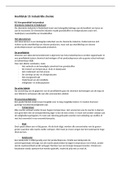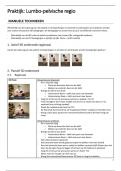Summary
Summary articles Strategy and Nonmarket Environment
- Course
- Institution
Contains all summaries of the course strategy and nonmarket environment of the Master Strategic Management. Contains: Dunning, J.H. (1980). ‘Toward an eclectic theory of international production: Some empirical tests’ Johanson, J. and Vahlne, J.-E. (1977). ‘The internationalization process of...
[Show more]












